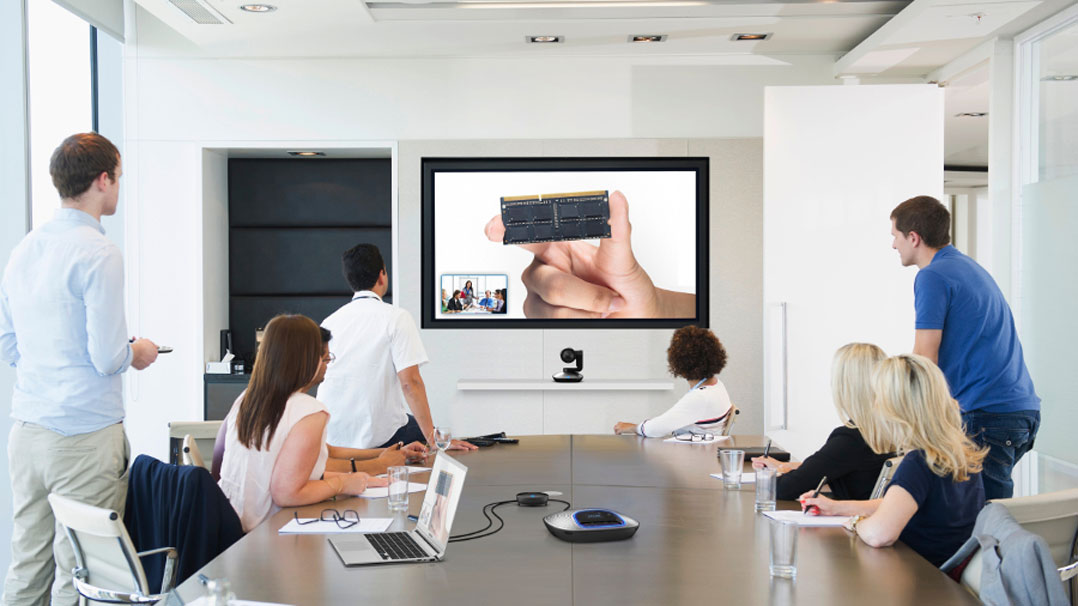 Consumers’ needs are constantly changing, which places a great deal of pressure on brands and forces them to adapt traditional customer engagement methods to keep up with demands.
Consumers’ needs are constantly changing, which places a great deal of pressure on brands and forces them to adapt traditional customer engagement methods to keep up with demands.
For example, according to the 2021 South African Customer Satisfaction Survey Index (SAcsi), technology and innovation across the banking sector had already increased customer expectations of more personalised offerings and services. The pandemic then drove these financial institutions and their customers to increasingly rely on digital tools to replace in-branch and call centre interactions.
Customer expectations further increased due to this digital acceleration, while their tolerance for poor customer experience decreased.
Technology has improved the customer experience and created high customer expectations.
A recent PwC customer experience report revealed that one in three consumers will walk away from a brand they love after just one bad experience. This places pressure on several industries to provide seamless and simple consumer engagement experiences that also facilitate opportunities for them to respond quickly to various customer questions and concerns.
However, more companies now realise that they can use technology to create phenomenal customer experiences, ultimately benefiting their brand. For example, the PwC report showed that just over 80% of top-performing companies surveyed say they’re paying close attention to enhancing the human experience by using technology and digital channels.
With today’s emerging technologies, brands have even more ways to connect with customers to create a positive and long-lasting experience.
How VC technology contributes to a satisfactory customer experience journey
The past few years have showed that people can now work, shop and do other traditional in-person activities online. Therefore, more brands are looking for ways to create positive and long-lasting experiences using digital channels.
Video conferencing (VC) technology is proving to be an effective solution in this aspect. For example, if a customer receives a malfunctioning device or software, communicating over VC, where people can share screens, can help consultants understand and resolve the problem much quicker. Seeing the situation first-hand is more effective than describing it over the phone.
Furthermore, VC can also reassure customers about the product or service offered by virtual face-to-face contact, which humanises business relationships and builds trust.

The PWC study also found that, even though technology and automation have improved and are becoming more prevalent, 75% of consumers surveyed still prefer to interact with a person. Additionally, studies show that at least 70% of communication is non-verbal, and approximately 55% comprises body language.
That means introducing video conferencing provides a more engaging face-to-face opportunity to maintain and strengthen customer relationships and build trust, no matter where the customer is.
VC also allows sales representatives to see how the customer reacts to the product, allowing them to adapt and change their sales strategy to appeal more to the customer’s needs or expectations.
VC technology is constantly evolving to ensure brands can offer the most satisfactory customer experience journey possible. Solutions like the Logitech Scribe seamlessly bridge the gap between in-person brand representatives and their customers by allowing them to interact in the digital world in more natural ways.
This technology has become essential for brands looking to improve their customers’ experiences.
- The author, Charis Nicholas, is head of High Touch End User, Video Collaboration, South and Southern Africa, at Logitech
- This promoted content was paid for by the party concerned




